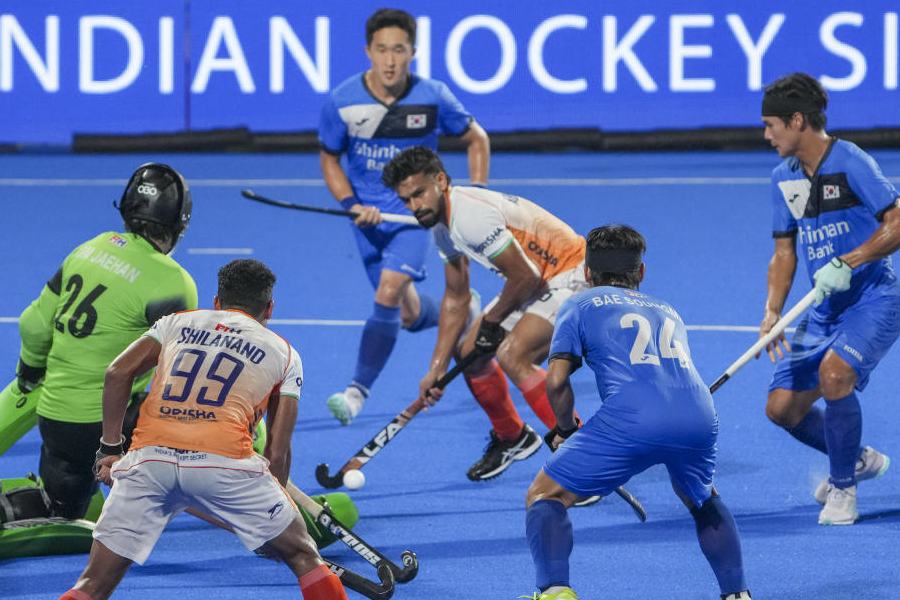 |
| Quick-fix pills: Psychiatrists are overestimating the poof depression. |
Tie yourself to a boat pylon with a rope and balance yourself on the board. Once the boat starts sailing, glide through the waters and hear the wind whispering into your ears,” says Aditi Chhabra, a 20-year-old water skier in Mumbai.
Water skiing may be new to India, but it is fast catching on with sports enthusiasts and holiday-makers here, says Vishal Jaiswal of Caper Travels, Delhi. In the Sixties, it was a popular sport but only those in the defence forces took to it because they had the equipment and facilities. However, in the last five years, with the boom in the tourism industry and the growing popularity of beach destinations such as Goa and Mumbai, water skiing has become popular, more so because it can be done on beaches and even lakes.
Water skiing is very often confused with water surfing. Though they may have similarities, there is a fundamental difference between the two. In water skiing which can be done in a lake, sea, river or ocean, you need to hold on with your hands while surfing requires you to sail along with the high tides in the ocean.
Describing his first water-skiing class, Mumbai-based Homi Gowadia, 28, says, “In my first class, I was taught how to balance myself on the board. Once you achieve a sense of balance, you enjoy gliding.” In fact, the toughest stage in water skiing is the very first stage. “Despite being a good swimmer, when I had to stand on the board, I was nervous, but after two attempts I felt confident enough,” recalls Chhabra.
Dhirendra Rawat, a water skiing instructor at the Grand-Inter Continental, Rajbaga, Goa, adds that beginners are first taught how to stand up without losing balance if one is seated on the ground in a knee-bent position. The arms also have to be straight. “More importantly, you should never pull the tow rope but should allow the boat to draw you out of the water,” he cautions. In a sense, the best way to learn water skiing is by familiarising yourself with the fundamentals of the sport on dry land, before attempting it in water. And having gained balance you are sure to sail through smoothly, turning the skis from side to side, keeping your legs together and the skis parallel. “This helps you to turn whenever you wish and ski behind the boat in an S position,” says Rawat adding, “No sooner than you reach the calm waters, the sound of the boat vanishes, and you can only hear the wind talking to you.”
However, if you don’t know how to swim, it is best not to attempt water skiing. This is because you never know when you may have to let go of the tow line and jump into the waters.
H20 Mumbai offers seven-day training courses in water skiing. Manoj Agiwal, a coordinator at H20, says that a good swimmer can learn water skiing in a day.
Doctors recommend water skiing as a good exercise. As the skier pulls the rope and pushes with his feet, the muscles of the legs and arms are strengthened and exercised, and help improve the physique. Since the boat supplies a continuous flow of energy as it pulls you along, there is no strain on the heart.
While for some water skiing is fun, for others it is a serious sport. Either way, anyone who has tried it would agree that water skiing is as exciting as walking on water.
hot spots for water skiing
• Getting there: In India, some of the best places to ski include the beaches of Goa, Chowpatty beach in Mumbai and the Andaman and Nicobar Islands. The other popular destinations are the Asan and Yamuna Rivers in Dehradun, the Dal, Nagin and Mansabal lakes in and around Srinagar.
• The cost: Tour operators say that the rate for water skiing at five-star hotels is Rs 1,500 (approximately) for 10 minutes. In other places, it varies between Rs 600 and Rs 1,000 for 10 minutes. Instructors caution beginners against skiing for more than five minutes.


![Bhupen Hazarika, and Narendra Modi [in set]](https://assets.telegraphindia.com/telegraph/2025/Sep/1757289025_new-project-2025-09-08t052013-286.jpg)








